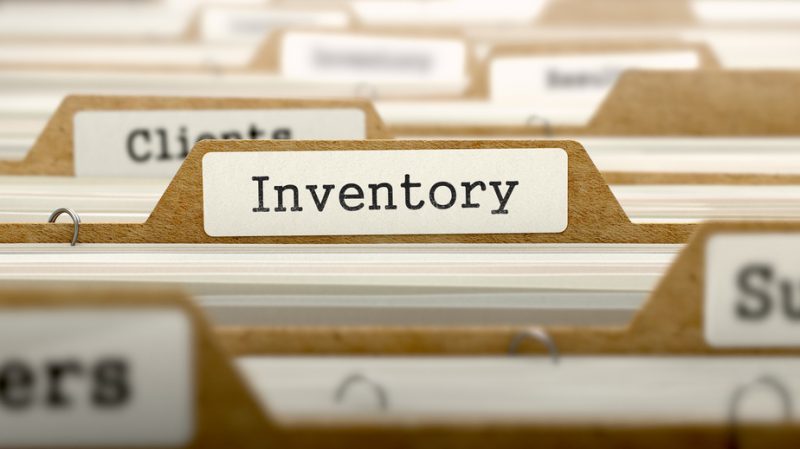
Inventory audit or stock audit refers to physical verification of a corporation or institution’s inventory assets. There are several sorts of stock audits depending upon the aim and each stock audit would require a special approach. Every business institution a minimum of must perform a stock audit once during a year to update and assure that the physical stock and therefore the computed stock is correctly matched. A stock audit helps to correct discrepancies between the physical stock and therefore the book stock. The stock audit helps to trace the quantity of physical assets remaining and make necessary arrangements to order new stock. If the corporate is handling different suppliers and vendors, a stock audit will make the inventory management process easier.
Why Stock Audit?
- Records accurate level of inventory and help to avoid shortage or overstocking of materials.
- It helps to detect inventory losses caused thanks to wastage, damage or theft.
- It disclose obsolete raw materials and incorrect orders supplied to customers.
- Analyze the particular quantity of stock against that noted on the accounting records.
- Avoid unnecessary investment on raw materials and may help to save lots of money.
- Enable the business owners to know truth financial status of the company.
- Helps to seek out out discrepancies within the packaging and warehouse procedures.
It is very essential to conduct inventory audits to take care of inventory accuracy, spot causes of shrinkage, and make sure that one always have the proper quantity of stock at the proper time. an honest understanding of stock flow also will help make sure the business runs smoothly.
Inventory audit checklist
The inventory audits have three phases: planning, execution, and analysis. Inventory is one among the important areas for any business where chances of fraud are more as it’s a department where thefts and damages occur. Having effective controls, appropriate processes, proper checklist and regular stock audit is important for this function. Following is that the checklist for Inventory audit:
- Evaluate which items to audit: Higher-risk inventory items should be assessed more frequently. it’s also referred to as ABC Analysis. High-value items are given the grouping of products A, mid-tier are B, and low values are C. ABC analysis also can help to manage a stockroom better and save time. you’ll sort inventory out by SKU (Stock keeping units) or Universal Product Code , then prioritize. Check Stock valuation process, components of cost of inventory, method of valuation.
- Create an audit schedule: map an auditing schedule. Unfortunately, conducting a listing audit can disturb the regular business flow. we would like to settle on times that are least effective for the business, but also happen at an honest frequency to make sure those high-value items are going to be accounted for. The policies and procedures of shopping for and shipping items also can affect the schedule of your audit.
- Physical verification of Inventory: It is that the process of counting each item of inventory. Firstly, we schedule this before time because it’ll likely be an inconvenience to normal business flow. Also, think about using technology, sort of a Universal Product Code scanner, to assist physically count each item and reconcile the counted inventory with ledger .
- Collect the required documentation: Get out any important documents before time and confirm they’re easily accessible, but secure. Categorized inventory in High, Medium and Low value stock.
- Conduct the inventory audit: There are different numbers of audit which will be essential, counting on the character of your business. Check Inventory lying with third parties, i.e. for paperwork , in third party warehouse.
- Record the findings: Stock related MIS format and contents. the most purpose of an audit is to get gaps in compliance and appearance at opportunities to repair the deficit and improve operational processes.
- Reconciling items investigation:If there are inconsistency between inventory counts as per company’s records and therefore the actual amounts on the warehouse shelves then find out why there are differences between these two amounts and make adjustments to the records to reflect this analysis. Inventory reconciliation is extremely important a part of cycle counting.
Inventory stop Process
Cut off process is an important process in Inventory valuation. When inventory is physically counted and inwards (receipts) and outwards (issues) movement of inventory isn’t stopped, it’s going to cause many difficulties within the counts. this is often why near of the date of inventory counting day, stop the movement of stock. If during this era stock is moved for any reason, it’s likely to affect the inventory count. Auditor requires studying the stop process of management and ensuring it’s adequate.
Source: Inventory Audit in India


